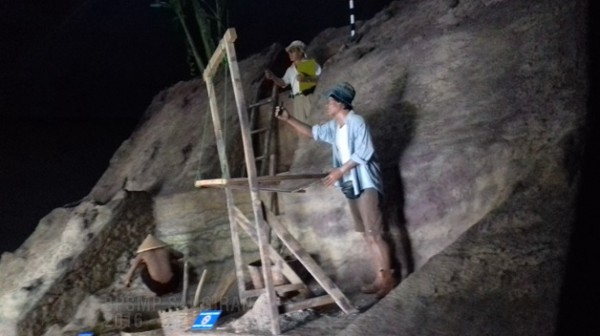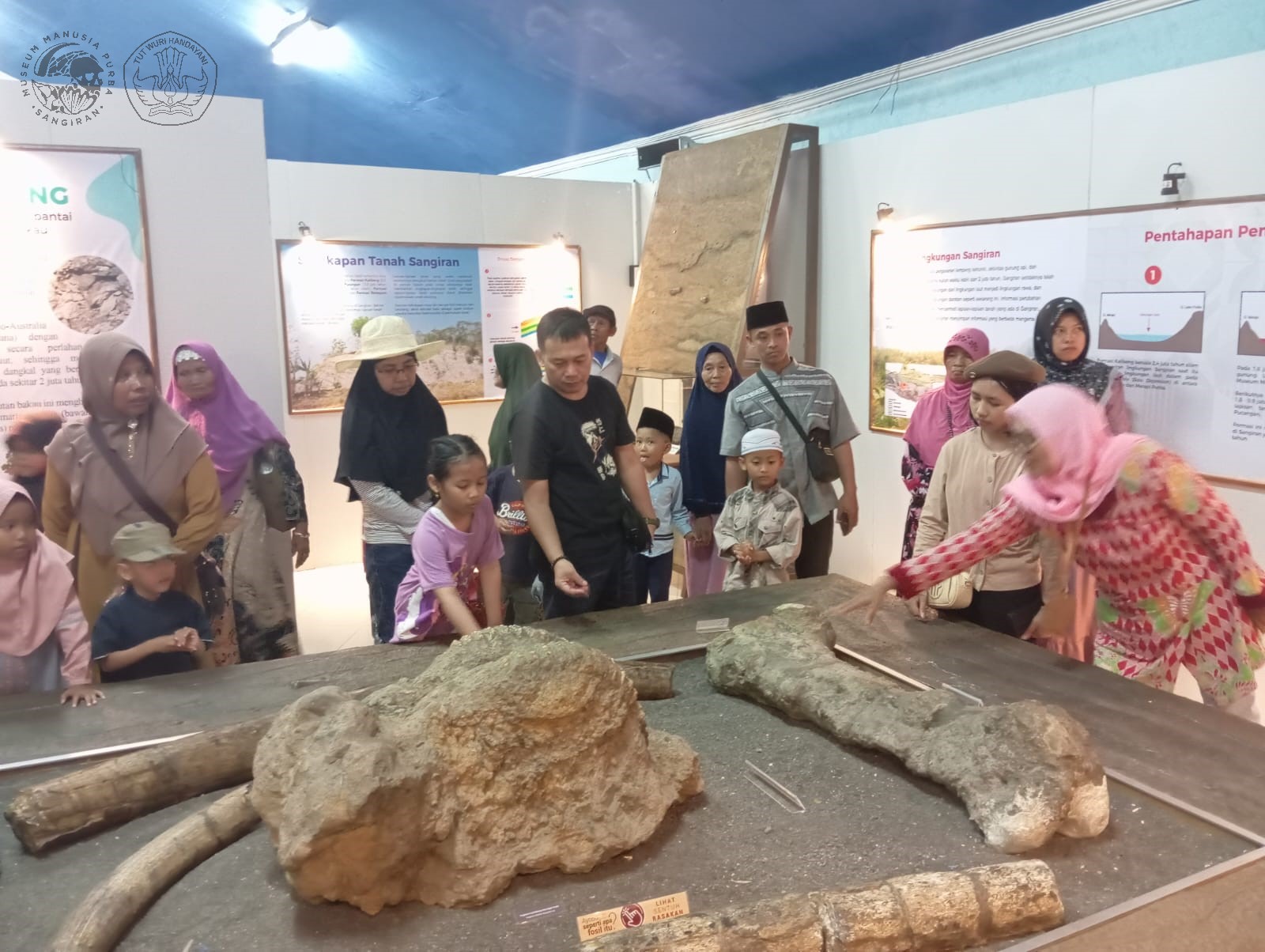Every visitor for the first time came, they definitely seen a room containing dioramas depicting archeological excavation activities. Most visitor asked, “what information will we get from this diorama?”. This paper will help to give a little undertanding to the visitor related excavation diorama meaning in Ngebung Cluster Museum.
The main theme of developing Ngebung Cluster Museum is “History of the Discovery of Sangiran Site”. One of character that will never be forgotten is Von Koenigswald. He was a person who found stone tools from chalcedony and jasper in Ngebung hill. The findings in the end well known with “Sangiran Flake Industry”. Koenigswald state that “Sangiran Flake Industry” finding come from the middle plestosen, about 400.000 years ago on the basis of the Trinil fauna association, although those were surface finding.
The Von Koenigswald statement got a lot of critics from some researchers, such as Helmut de Terra, Hallam L. Movius, and Tielhard the Chardin. They argue that tools “Sangiran Flake Industry” was from younger Notopuro sediment because early man Sangiran considered not yet able to make such technology tools. Another researcher named G.J Bastra gave his opinion that “Sangiran Flake Industry” in Ngebung, deposited after folding the sangiran dome process, so that it gives the age of the tool the oldest of 50,000 years.
It is not certain that the age of shale tools in Ngebung continues to cause polemic among researchers, to answer the question is by did an excavation in finding location and saw the stratigraphy context.
In 1990, National Archeology Research Center cooperated with d’Histoire Naturelle National Museum (Prancis), did an excavation in location “Sangiran Flake Industry” finding in Ngebung hill. In the research, found an answer about the age of “Sangiran Flake Industry”. Along excavation got an amazing and important data in the form of human remains, remaining fauna and stone artifacts in situ, include some blade-shade tool that same with Von Koenigswald’s finding on the sediment of fluvio-volcanic sand members of the lower part of the formation.
The research proved that “Sangiran Flake Industry” is the result of Homo Erectus sangiran culture which lived around 700,000 years ago at the middle plestocene. (Wahyu Widianta) translated by: Mutiara Sholikah





